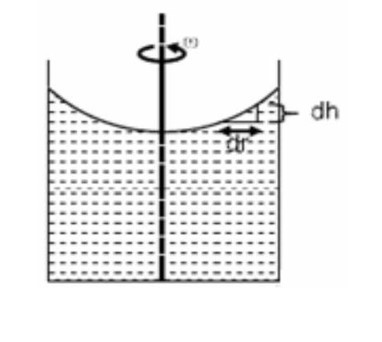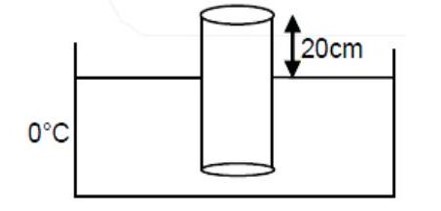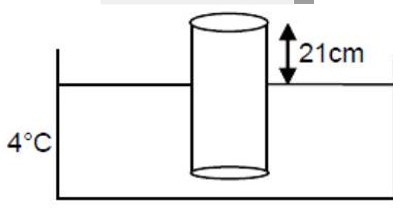Physics Mechanical Properties of Fluids
Get insights from 95 questions on Physics Mechanical Properties of Fluids, answered by students, alumni, and experts. You may also ask and answer any question you like about Physics Mechanical Properties of Fluids
Follow Ask QuestionQuestions
Discussions
Active Users
Followers
New answer posted
2 months agoContributor-Level 10
The height of capillary rise is given by the formula:
h = (2T cosθ) / (rρg)
Given: h = 15 cm = 0.15 m, r = 0.015 cm = 1.5 * 10? m, ρ = 900 kg/m ³, g = 10 m/s², and θ ≈ 0° (so cosθ ≈ 1).
We need to find the surface tension, T.
T = (h r ρ g) / (2 cosθ)
T = (0.15 * 1.5 * 10? * 900 * 10) / 2
T = 0.10125 N/m
The answer is required in milliNewton m? ¹, so we multiply by 1000.
T = 101.25 mN/m.
New answer posted
2 months agoContributor-Level 10
The excess pressure inside a soap bubble is given by ΔP = 4T/R, where T is the surface tension and R is the radius.
The pressures are given as P? = 1.01 atm and P? = 1.02 atm. Let the atmospheric pressure be P? = 1 atm.
ΔP? = P? - P? = 1.01 - 1 = 0.01 atm = 4T/R?
ΔP? = P? - P? = 1.02 - 1 = 0.02 atm = 4T/R?
Dividing the two equations: (ΔP? /ΔP? ) = (R? /R? )
0.01 / 0.02 = R? /R? ⇒ R? /R? = 2
The ratio of their volumes is V? /V? = ( (4/3)πR? ³ ) / ( (4/3)πR? ³ ) = (R? /R? )³ = 2³ = 8.
The ratio is 8:1.
New answer posted
2 months agoContributor-Level 10
ρdrω²r = ρgdh
ω²∫? rdr = g∫? dh
ω²R²/2 = gh
h = ω²R²/2g = 25ω²/2g
New answer posted
2 months agoContributor-Level 10
√2gh = (2r²g/9η) (ρ_t - ρ)
⇒ h = (2/81) (r? g (ρ_t - ρ)²/η²)
⇒ h ∝ r?
After falling through h, the velocity be equal to terminal velocity.
Taking an Exam? Selecting a College?
Get authentic answers from experts, students and alumni that you won't find anywhere else
Sign Up on ShikshaOn Shiksha, get access to
- 65k Colleges
- 1.2k Exams
- 679k Reviews
- 1800k Answers



